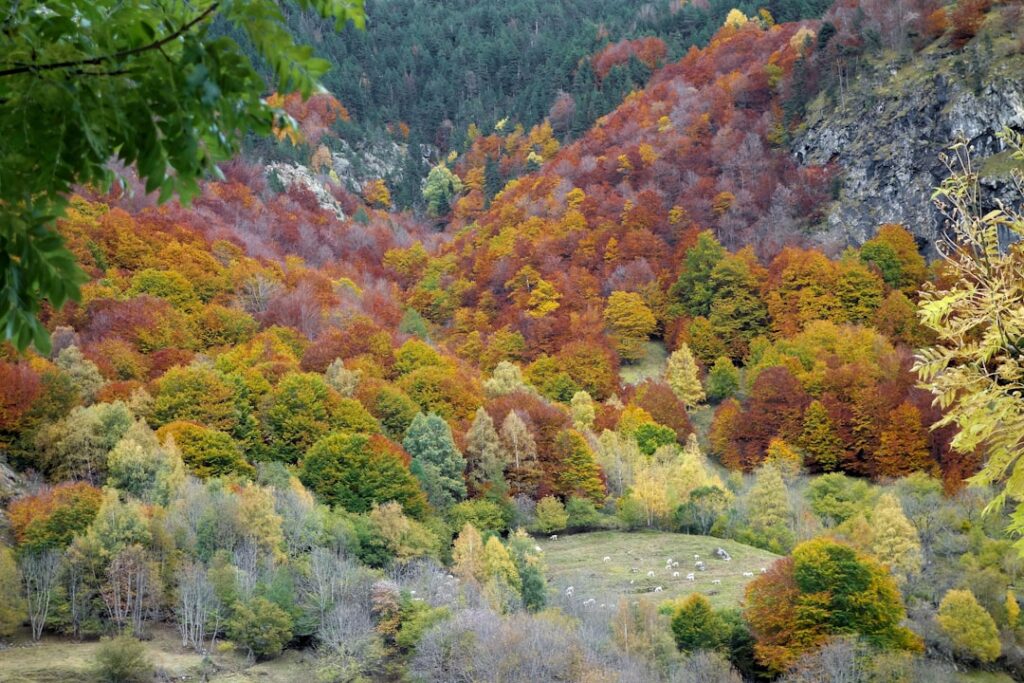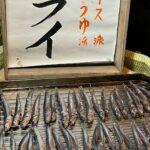Dreaming of an unforgettable getaway this autumn? Escape the bustle of city life and immerse yourself in the serene beauty of Japan’s hidden villages, where forest glamping offers an enchanting blend of rustic luxury and deep cultural experience. Venture off the tourist trail to discover vibrant fall foliage, unique outdoor adventure, and authentic rural hospitality—this journey invites you to slow down and connect with nature in ways you’ll cherish forever.
What is “Forest Glamping” in Japan’s Hidden Autumn Villages?
“Glamping”—a blend of “glamorous” and “camping”—brings stylish comfort and nature together, but in Japan’s remote countryside it takes on a cultural depth unlike anywhere else. These hidden villages, nestled deep in misty forests, burst into an explosion of reds and golds each autumn. Here, forest glamping means waking up to birdsong in canvas tents or cozy cabins, surrounded by centuries-old trees and the crisp, earthy scent of fallen leaves. These secluded campsites offer travelers a chance to reconnect with nature without sacrificing comfort: think plush beds, artisanal meals, and private baths overlooking mountain vistas. In autumn, this experience becomes magical, with the forest transformed into a living mosaic that few international visitors have seen.
Spotlight on Nagano & Higashi-Iya Valley: Deep Forest Retreats
Two regions have captivated the hearts of Japan’s glamping connoisseurs: the forests of Nagano Prefecture and the secluded Higashi-Iya Valley in Shikoku’s Tokushima Prefecture.
Nagano’s hidden glamping resorts, like those near Kiso Valley or Tateshina, are surrounded by towering cedar woods and the dramatic Alps. Expect luxury tents tucked into quiet clearings, onsen hot spring baths under the maples, and lantern-lit communal areas. Many of these sites use repurposed traditional houses, blending new comforts with historic charm.
Meanwhile, Higashi-Iya Valley is renowned for thrilling vine bridges, mystical mossy ravines, and villages so remote you might feel transported back in time. Here, glamping is shaped by local traditions: you might sleep in a reimagined farmhouse or stylish pod amidst primeval forests, listen to village legends by the fire, and enjoy breathtaking hikes through crimson foliage. Both destinations offer exclusivity, privacy, and a deep immersion in rural Japanese life.
Autumn Activities: Maple Leaf Hiking, Local Cuisine & Village Life
Beyond cozy accommodation, forest glamping in these hidden gems offers an array of unforgettable autumn activities.
Maple Leaf Hiking: Guided morning treks take you beneath fiery canopies—Nagano’s Kiso Valley and Iya’s Oboke Gorge are both marvels when mist lifts to reveal brilliant color. The scent of damp earth and the sound of distant waterfalls make each walk meditative.
Local Cuisine: Rural glampsites favor “farm-to-table” dining: fresh soba noodles, wild mushrooms, river fish, gingko nuts roasted over the fire, and local sake or home-brewed tea. Many sites invite guests to join foraging tours or cooking workshops with village grandmothers.
Village Cultural Exchange: Unlike hotels, glamping sites encourage mingling with locals. You might join seasonal rice harvest, try making traditional crafts, or sit around a communal fire hearing stories of mountain folkways, all deepening your experience of Japan’s heartland.
Glamping as Sustainable Travel: Nature & Culture in Harmony
With overtourism flooding Japan’s popular sites, more travelers seek responsible, low-impact ways to explore. Rural forest glamping leads the way in sustainability—many camps are off-grid, rely on local timber and renewable energy, and use organic materials for bedding and meals.
Staying in small villages supports local economies and helps preserve cultural traditions threatened by depopulation. Guided activities are designed to respect wildlife and minimize disturbance. Some sites even offer conservation volunteer experiences, letting you plant trees or work in organic gardens. This mindful approach allows guests to enjoy Japan’s breathtaking autumnal scenery while treading lightly on the land.
Essential Tips: Local Etiquette & Getting There
Venturing into Japan’s hidden villages requires a bit of preparation, but the rewards are tremendous.
Transportation: Public transit in deep countryside can be sparse—plan ahead. Many glampsites offer shuttle services from the nearest train station, or can arrange pick-up from regional airports. Renting a car can make exploring easier, but remember: narrow mountain roads, local speed limits, and occasional wildlife crossings are all part of the adventure.
Local Etiquette: Rural communities appreciate respectful visitors. Greet locals with a bow and a smile; ask before taking photos; and support small businesses by buying handmade souvenirs or dining locally. Quiet is valued, especially after sunset, so keep noise to a minimum.
Bringing a reusable water bottle, using eco-friendly toiletries, and following local recycling rules are simple ways to show your care for the environment and community.
For those ready to leap into a world of forested tranquility, Japan’s hidden autumn villages promise not just a journey, but a revelation. This is glamping at its most authentic—don’t just visit Japan, experience its enchanted heart.








